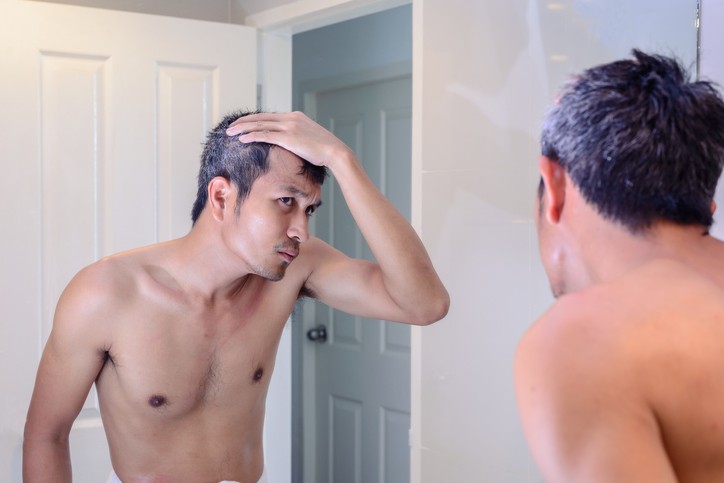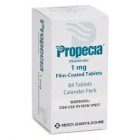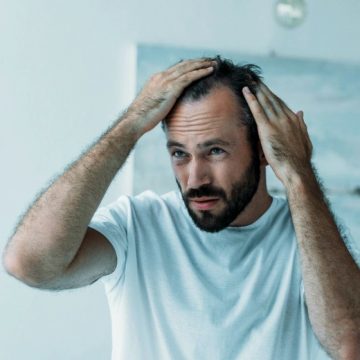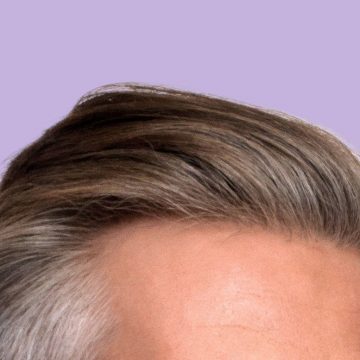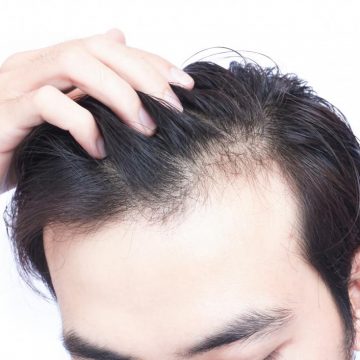Baldness used to be associated with old age, but these days it seems everyone can suffer from it. Bad lifestyle choices, including an unhealthy diet and stress, means that baldness is a common problem – especially among men (although a small minority of women also have this). It’s important for sufferers to understand how to treat baldness. There are a range of reasons for hair loss such as:
- Ageing
- Hormonal imbalance
- Scalp infections
- Iron deficiency
- Hereditary reasons
- Low protein in diet
Different patterns of baldness
Depending on the causes, age and gender of the person, baldness is categorised into different types, including:
- Male pattern baldness (androgenic alopecia) – this is seen in men and can start with a bald spot or receding hairline.
- Alopecia areata – hair loss occurs and leads to bald spots, which can progress to alopecia totalis if all the hair on the scalp is lost.
- Toxic alopecia – this is usually temporary, caused by severe illnesses or medication.
- Scarring alopecia – when bald spots develop due to injury burns, radiation, or diseases like skin infections, the condition is called scarring alopecia.
Baldness doesn’t only affect appearance, it can also have a negative impact on psychology, leading to anxiety and depression. If you want to know more about how to treat baldness, read on below:
Baldness treatments
Propecia – this treats androgenic alopecia, a form of male pattern hair loss, which is a common condition involving hair thinning on the scalp. Finasteride is the active component of Propecia and works by converting testosterone into dihydrotestosterone, the more potent androgen that has a negative effect on hair growth. You should see the results in a few months when you use Propecia regularly – although it could take a year to notice the full benefits. Women should not use Propecia for hair loss.
Finasteride – this also treats male pattern hair loss and is also not licensed for use in women. Finasteride is the generic name of the drug and the active ingredient in the medication that works to reduce hair loss. The difference between Finasteride and Propecia is that the former is available in a generic, unbranded tablet. Both of these are medically equivalent, with Finasteride available at a lower cost. Finasteride works by converting testosterone into dihydrotestosterone (see above). With regular treatment you can see results within a few months, although it could take up to a year to notice full benefits. If you haven’t noticed a benefit after using Finasteride regularly for one year, further treatment is not likely to be helpful and it’s better to stop use.
Propecia or Finasteride should be taken once a day and the daily dose is 1mg, as opposed to 5mg, which is used for prostrate issues. It is best to start taking Propecia/Finasteride as soon as possible after the onset of androgenic alopecia, because the effectiveness of the medications decreases the longer baldness is allowed to continue untreated. Both medicines work best for baldness on the back of the scalp or the vertex. It can promote re-growth in these regions as well as prevent hair loss. However, once the treatment is stopped the results could reverse.
Regaine – a hair-loss pharmacy medicine proven to reduce hair loss and encourage growth. It’s proved to be effective for 60 percent of men. It’s proven to prevent hair loss in four out of five men and regrowth in nine out of ten men. Regaine (minoxidil) is an over-the-counter medication, proven to stop and reverse hair loss. It comes as a topical formulation which need to be applied to the scalp twice a day, and works by stimulating hair follicles to move from resting phase to growth phase. It also dilates the blood vessels, allowing more oxygen, blood and nutrients to the follicles. It’s important to use Regaine for at least six weeks to see the results of hair growth – results can usually be seen within eight weeks and could take as long as 16 weeks to show.
Regaine can be used in conjunction with Finasteride/Propecia to reap full benefits. Some patients may find that they experience erectile dysfunction when taking Finasteride/Propecia. If this occurs, it’s important to seek medical advice straight away.
For more information about how to treat baldness contact one of our friendly team.
